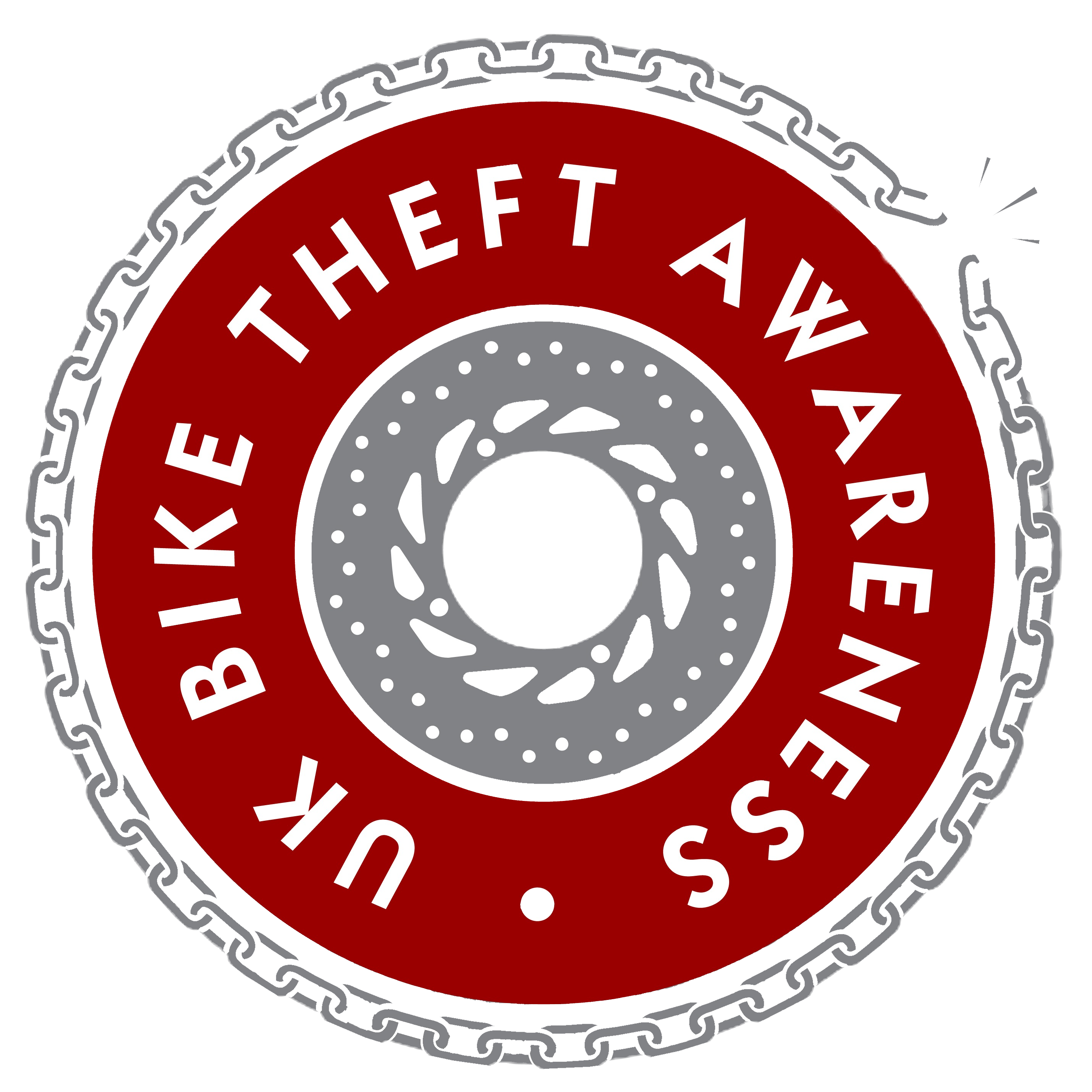
- This question is asked frequently, so albeit a long answer as we try to cover all the legal arguments and angles, we hope to offer some indication of what you can and can’t do. The caveat being, that this IS NOT legal advice and NOT a quote in law. We have had it verified as correct, but it’s intent is to clear up some confusion, make you think carefully and decide after doing you own research. It will be you that may need to defend yourself in court if you are forced into that situation, so if you are unsure or are dreaming up excuses to tell Police then your idea is likely too risky or ill advised for you to consider in the first place.
Your first line of defense – is always avoidance. If you can get away from a situation, then do so. You can read more on this, and how to develop your skills on the post ‘All About OODA’
The inevitable question remains, ‘What can I take with me to defend myself from the risk of attack?’ The short answer is ‘Nothing’ You cannot take anything that you would not normally be carrying for your journey. To understand this, we must look into the legal terminology that will be used to defend (or convict) you should the worst happen.
The UK is fairly unique in the sense that there exists and thing called a ‘thought’ crime. To think about, plan or prepare to commit a crime is a crime in itself. It’s a simplistic take on it, but that essentially is what it is but is cannot be forgotten about as it has a huge impact on how the courts judge crimes. Generally, it isn’t important to the average, law abiding Joe (or Jo) however, if you are planning to ‘tool up’ then it could well be the difference between walking away and walking into a cell yourself. It is the planning and preparation that turn it from a defense into an attack on your behalf.
In UK law, there is a list of weapons described as ‘listed weapons’ Such as certain knives, throwing stars, and various types of items designed to cause injury to the person. The legislation has some interesting rules that you need to pay attention to:
Section 1 (14) defines an offensive weapon as ‘Any article made or adapted for use to cause injury to the person, or intended by the person having it with him for such use by him, or another person’ In the case if RV.Simpson (c) 78 Cariis, The court considered the definition and decided upon three main categories.
a) Offensive per se ie: Those items made for the use to cause injury to the person. Examples cited: A Truncheon, A Rice Flail, and a Butterfly Knife.
b) Adapted for Use: The given example being a Bottle deliberately broken.
c) Intended by the person having it for him to use to cause injury to the person. This definition includes defensively as well as offensively.
Firstly, Adapted for Use (b) gives the example of the bottle deliberately broken. We’ll quickly look into this, as it is a perfect example of how fine the line can be between defense and offense. If you were being attacked and fighting for your life, grabbing a bottle and hitting your assailant over the head to stop the attack and make good your escape would be seen as a defense. However, smashing the bottle first (adapting it) to cause injury then becomes offensive and you would then become the aggressor. It shows that there was thought involved to cause injury, whereas a defensive grabbing anything to hand would be a reaction and no plan or consideration put into it.
The last should stick in your head for those reasons. Taking anything with the intention to cause injury to an assailant – even for a supposed purpose – for example a bike part or similar that you have not just purchased with proof, can be deemed as an offensive weapon. You will have committed the offence even before setting eyes on any assailant. That will be dealt with more seriously than the theft of your bike.
However, you are permitted to defend yourself if you feel threatened and your life is at risk. When an assailant is armed with a weapon, you are quite rightly feeling that your life is in real danger. You are then permitted to use ‘MINIMUIM FORCE NECESSARY’ to enable your escape to a place of safety. You will need to prove that in court. You CANNOT continue any defensive attack past the point were you could reasonably made your escape as it is a very fine line between defense and retribution. Most importantly, you can defend, but NEVER chase away any assailant that has decided to make good their own escape as you will then become the attacker. It is NOT defensive is they are fleeing you. Nearby CCTV can serve to convict you if you go too far. Keep that in mind, it must only be to the point that enables your escape.
As stated earlier, the first line of defense is always non-combatant. We have already mentioned OODA. Being aware of your environment, leaving a cars length in front in traffic to enable escape or to turn, planning escape routes when in traffic and so on.
The second would be defensive. If your choices have run out, and you are being chased or attacked by armed thieves on bikes, you can defend yourself with a well timed boot to knock them off balance. This is purely to enable your escape, and has it’s own risks if you are not a confident rider of comfortable with your machine as you could just as easily unbalance yourself. You must use the weight of the bike and then pull away. Once again, don’t kick them into the path of an oncoming vehicle.
What you CAN use:
In short, it remains as any item that you find to hand at the location. Now, this could be your helmet if it is off at the time, or your armoured gloves to punch with as you are already wearing them. If you are an ‘old skool’ biker and hang your lock and chain across your torso, you could arguably utilise that as it is the lock you use to secure your bike, you would normally have it with you. This could be used to block a machete blow if wrapped around your forearm for example. Again, be aware – should the attack happen when you were returning to your bike after a shopping trip, and the lock was still on you, then there would be some serious explaining required as to why you hadn’t used it, and therefore it’s purpose that day. Again, it’s fine lines.
Apart from things you normally have with you, you can grasp any object around the location to defend yourself – a road cone, a stick, even a brick if it is to hand. Just remember, whatever it is must only facilitate your escape.
So to wrap up – Anything normally taken with you such as Gloves, helmet, a Lock and Chain – but NOTHING taken for the main purpose of injury or protection. Also anything found at the scene, but NOT adapted (remember the broken bottle concept!)
Hope you have found this helpful, hopefully you will never need it. Like and Share if you did.
Thanks in Advance
UKBTA Team
Share via:


